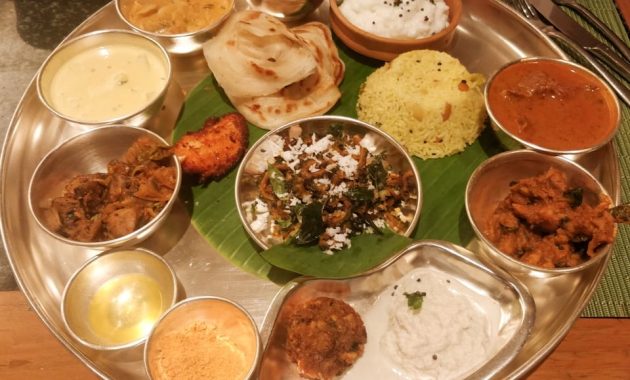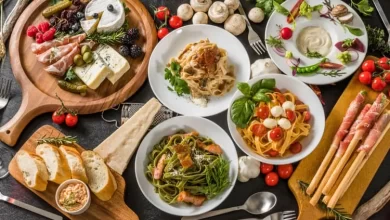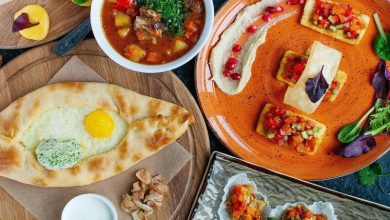Description of the food system of Tamils Explanation Of The Cuisine Of Tamils?
Our Tamil Nadu is “the elder who appeared before the sword when the stone appeared and the soil appeared” our country. Whether it’s fashion or food culture, there’s a tremendous amount of evidence that the world has carried over. It is in our Tamil Nadu that a unique practice of ‘food is medicine’ has been ingrained in our food habits.
The evidence for this is mentioned in the literature of our Sangam in the notes like Patuppattu, Uttupatu, Kalitupatu etc. It is in our Tamilnadu that we know the nature of each food item that we use and our food culture has created Amud according to that time.
Siddhas prescribed food routine:
In Siddha Medicine, which originated in Tamil Nadu, the only thing that was observed in Siddha Medicine, which was given by the Siddhas, was the principle that what is food for you should be medicine and what is medicine for you should be food.
The Siddhas have written the book “Phadarthakuna Chintamani” and in that book they have classified water, types of milk, types of dal, types of rice, milk, goat milk, cow’s milk, cow’s milk, buffalo milk and explained their properties. Determining the quality of those food items, what food should a man eat in what season according to his body composition? All these methods are written in the ancient ways of life of the Tamils.
Traditional Cereal Meal:
Tamils have given importance to small grains when looking at the foods they used in ancient times. The main ones are Varaku, Thani, Horse Vali, Samai. We have seen and heard from our grandmothers and grandfathers that the Tamils who ate after this lived in a good and healthy environment without any disease.
The habit of using small grains has existed among all classes of people. That is, there was a Tamil community that used to eat rice and rice only on days like Aadi, Pongal and Diwali. Over time, after the foreign domination, after the western cultural craze came, the habit of eating rice and rice every day took root not only in Tamil Nadu, but all over India. Thus, the incidence of disease was very low when traditional small grain diets were consumed daily.
Kali was the food eaten by the ancient Tamils.
So the Tamils who could go to work in the garden in the morning had a dill, uluthangali, kezvaraku kali, corn kali and kambukali. Kale is solid food. They were able to do even hard work when they went to the garden by eating this kind of greens. Because of the nutrition, energy and motivation that food provided, the work they did was recognized as the best exercise and they were physically fit and thereby got wonderful health.
Food of Ancient Tamil:
A. Dakshinamurthy has given references about “Ancient Tamil’s Food” in his book Tamil Civilization and Culture with Tamil literary sources. Food varied among the ancient Tamils according to the land they lived in and according to the clan. However, it appears that many Tamils preferred rice, curry, rice and wine. Foods eaten by various people who lived in Tamil Nadu such as rice rice, varakuchuru, vennatsuru, crab curry, iguana curry, fish curry, dried chicken meat, pork, rabbit, eel, manganese juice, pomegranate-chili powder-curry fries, pickles, etc. Dakshinamurthy explains.
A. Shot by Dakshinamurthy. Also, he says, Palandamizhars liked to eat coconut husks, bananas and home-cooked “thoppi”.

Diet:
It is customary for Tamils to eat on banana leaves during feasts or alms. In India and Sri Lanka, banana leaves are easily available and cheap, so they may have been used to feed many people. In medium-sized restaurants, food is served with a banana leaf cut to size on top of the dishes. This application helps to keep dishes clean and save water for cleaning. Even restaurants that serve snacks on plates usually serve rice on banana leaves. There are those who are skeptical about the cleanliness of utensils in restaurants and prefer to eat on banana leaves.
Many people think that eating with hands on a banana leaf adds flavor to the food. Apart from this, there are some people who do not want to serve food on their own plates to other castes, use banana leaf for Nasoo and prefer to eat banana leaf in restaurants for the same reason. Some cheap eateries serve food on teak leaves and other woven leaves.
Tamil Hospitality Tradition – Paddy Houses:
In traditional buildings, courtyards, especially gate courtyards, contain various socio-cultural functions. In buildings, mostly private houses, these courtyards, located at the interface between the interior for private use and the exterior for public use, act as transitional areas between the two domains of use. Thus, these paddies also serve for outdoor use to a limited extent.
They are used for entertaining outsiders who are not very close to the family, business contacts etc. They are also used as places of business for people engaged in certain industries. These were also used as a place of education for children in earlier times. It is possible to learn about the method of using the pad from phrases like pad school, pad talk, pad sleep.



